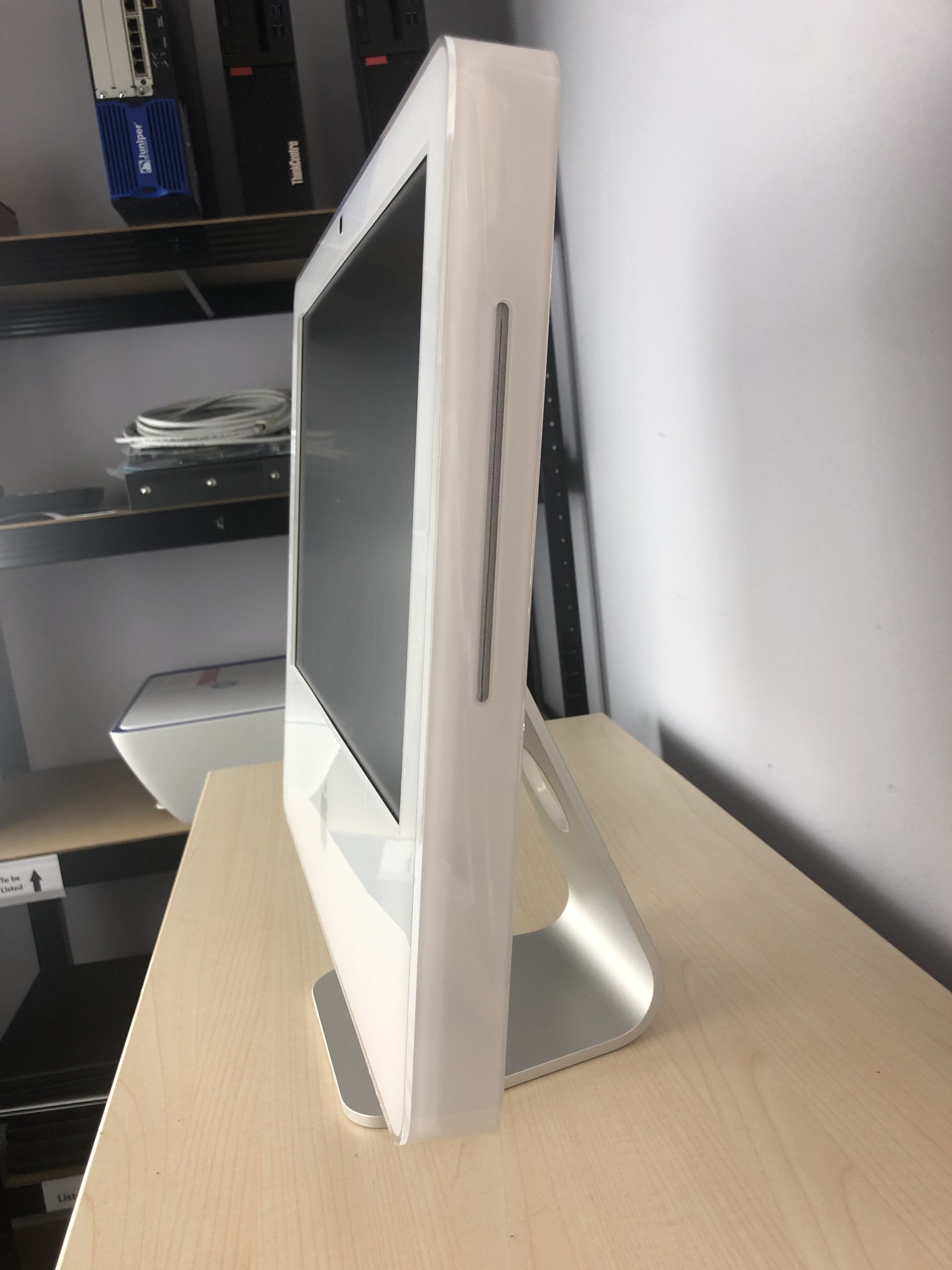Title: How to Respond When Your Accounts Are Compromised: A Guide
Facing a security breach can be an incredibly frustrating experience, especially when you discover that multiple accounts have fallen victim to unauthorized access. Recently, I encountered a significant issue with several of my accounts being compromised, and I feel compelled to share my journey and what steps you can take if you find yourself in a similar situation.
The Situation Unfolds
Yesterday, I learned that my Microsoft, EA, Epic Games, Instagram, Twitter, Ubisoft, and LinkedIn accounts had been breached. The sheer number of compromised accounts was overwhelming. To make matters worse, just today, I discovered yet another EA account and even my Supercell account had also been affected. With everything seeming compromised, I felt lost and anxious about the potential consequences.
Upon realizing the severity of the situation, I turned to Malwarebytes to scan for threats. It managed to identify and remove a total of eight issues, including two notable malware samples. However, this action took place before my discovery of the additional account breaches, which continued to manifest later that day.
The Aftermath: Unexpected Social Media Activity
Among the most alarming signs of the breach was the strange activity on my Instagram accounts. They began following random users and even posting inappropriate content and cryptocurrency scams. This chaotic situation is not only frustrating but also incredibly time-consuming as I attempt to regain control and recover my accounts.
Navigating Customer Support
In an attempt to resolve these issues, I reached out to the customer service departments of each affected platform. Unfortunately, my experience has been less than satisfactory. LinkedIn’s support system has proven unhelpful, often leading to dead ends. Instagram’s customer service response has only suggested password resets and enabling two-factor authentication (2FA) – steps I implemented, yet issues persist.
What Can You Do?
If you find yourself in a similar predicament, here are several steps you can take:
-
Immediate Action: Change the passwords of all your affected accounts as swiftly as possible. Use a strong, unique password for each account and consider a password manager to help you manage them.
-
Enable Two-Factor Authentication: For added security, enable two-factor authentication on all accounts that offer it. This extra layer of protection can significantly reduce the risk of future unauthorized access.
-
Conduct Security Scans: Utilize reputable security software, like Malwarebytes, to perform a thorough scan of your devices and
Share this content:




Dear User,
It appears that Windows Defender has stopped monitoring LummaStealer but has not quarantined it. This could be due to multiple reasons such as Defender’s real-time protection settings, quarantine thresholds, or recent updates affecting detection capabilities.
Here are some steps you can take to address this situation: